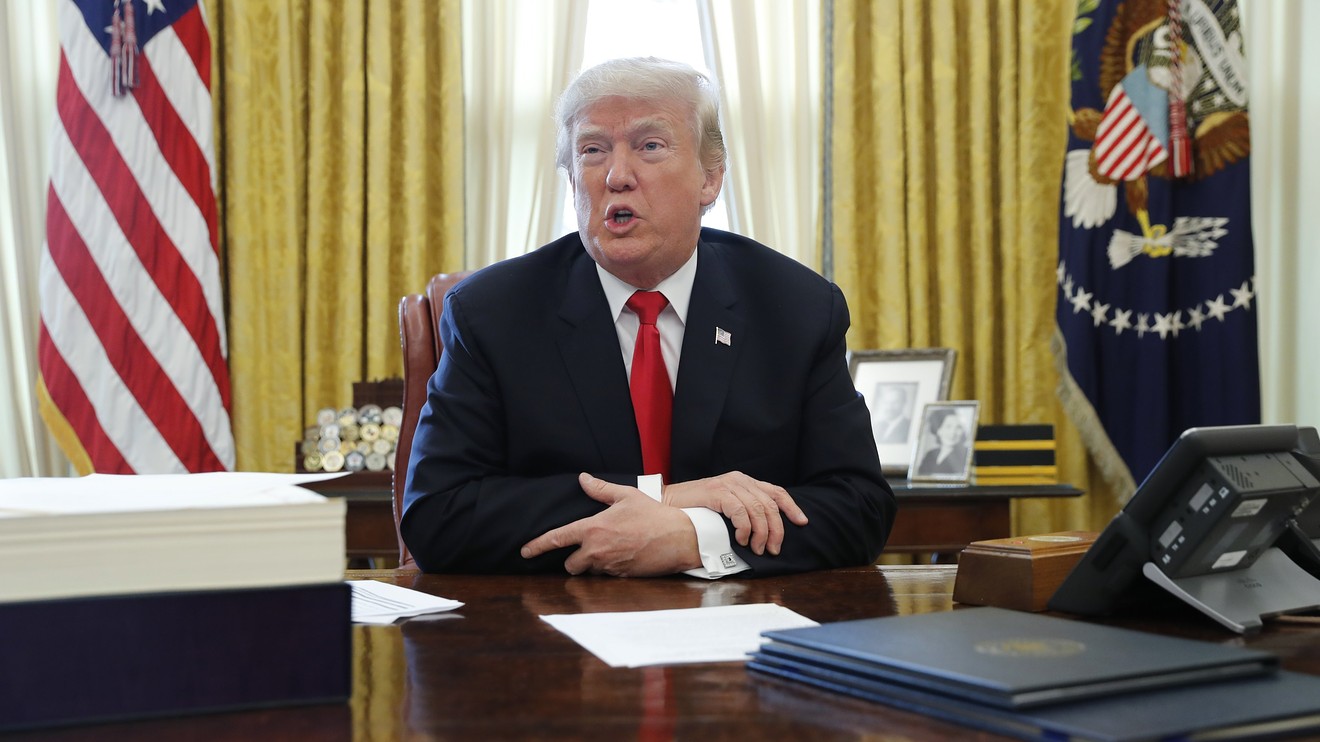
There are two pieces of news on the U.S.-China trade deal for investors to know today.
First, China is promising more protection for intellectual property. Second, despite contradictory media reports about a trade deal, there is some credibility to Gao Lingyun, an expert who is apparently close to the trade talks, saying that the “two sides have reached a broad consensus” for the first part of an agreement.
Wall Street is optimistic. Stocks are up — at a new record, in fact. How should investors think about these positive reports on trade? Let’s explore the issue with the help of two charts.
Please click here for an annotated chart of S&P 500 ETF SPY, +0.62%.
Please click here for an annotated chart of Dow Jones Industrial Average ETF DIA, +0.47%.
For the sake of transparency, both were previously published and no changes have been made.
Note the following:
• For a longer-term perspective, the first chart is a monthly chart.
• For a shorter-term perspective, the second chart is a weekly chart.
• The monthly chart shows that the stock market is extended way above the trend line. This is a negative.
• The monthly chart shows relative strength index (RSI) divergence. In plain English, this means that as the stock market has made new highs, RSI is significantly below the prior high. This is a negative.
• The weekly chart shows that there is a good setup for the Dow Jones Industrial Average DJIA, +0.45% to reach the first target of 30,000 points.
• The (RSI) on the weekly chart shows that the market is overbought but there is room to run. Often this means a very short-term pullback and then a higher high.
Ask Arora: Nigam Arora answers your questions about investing in stocks, ETFs, bonds, gold and silver, oil and currencies. Have a question? Send it to Nigam Arora.
What does it all mean?
When I gave a “buy” signal on Donald Trump’s election at a time when many were predicting a big stock market drop, it was at first met with incredulity. When I called for a high-probability scenario of the Dow Jones Industrial Average hitting 30,000 points in Trump’s first term, I received a ton of hate mail. I have subsequently repeated that call in Trump’s first term several times. (Please see “Here’s the case for Dow 30,000 in Trump’s first term.”)
Now, a few years later, Dow 30,000 calls are commonplace. So what’s next for the stock market?
Even though there are higher projections, investors ought to be careful because the market is controlled by the momo (momentum) crowd. The momo crowd is buying simply because the market is going up. The market is going up on performance chasing by money managers going into the year-end. However, this can quickly end on the slightest shift in momentum, as money managers may decide to lock in profits. For details, please see “Everyone is bullish on stocks all of a sudden — here’s why you shouldn’t be.”
There is a mistaken belief that popular large-cap stocks such as Apple AAPL, +1.28%, Amazon AMZN, +1.39%, Facebook FB, +0.84% and Microsoft MSFT, +0.81% are safe. These stocks carry a heavy weighting in indexes. If the market sells off, the selling will first start in futures and ETFs. The large-cap stocks will be sold irrespective of their individual merits. Semiconductor stocks are leading indicators. Consider carefully watching stocks of Intel INTC, +1.52%, AMD AMD, +2.39%, Micron Technology MU, +2.32% and Nvidia NVDA, +4.54%.
Also keep an eye on gold and silver. Gold ETF GLD, -0.33%, silver ETF SLV, -0.38% and precious metal miner ETF GDX, -1.08% are seeing selling on the news from China. If there is a reversal in precious metals to the upside, that may be an early sign for more caution on the stock market.
Disclosure: Subscribers to The Arora Report may have positions in the securities mentioned in this article or may take positions at any time. Nigam Arora is an investor, engineer and nuclear physicist by background who has founded two Inc. 500 fastest-growing companies. He is the founder of The Arora Report, which publishes four newsletters. Nigam can be reached at [email protected].









